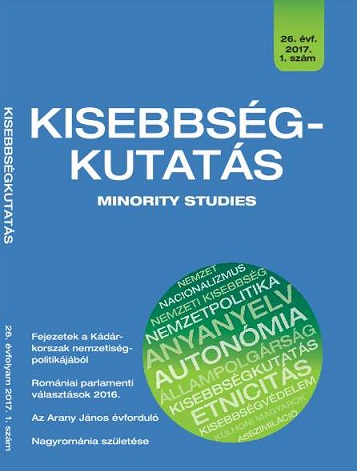

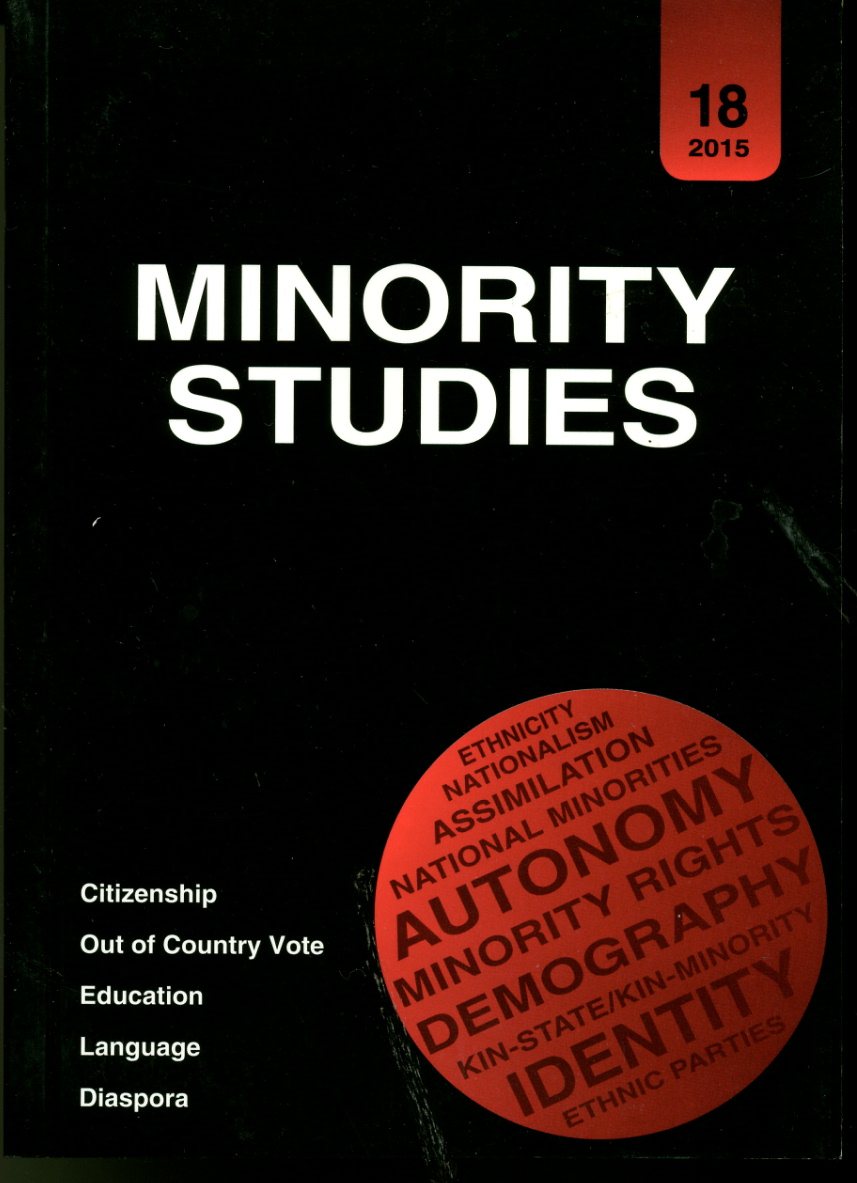
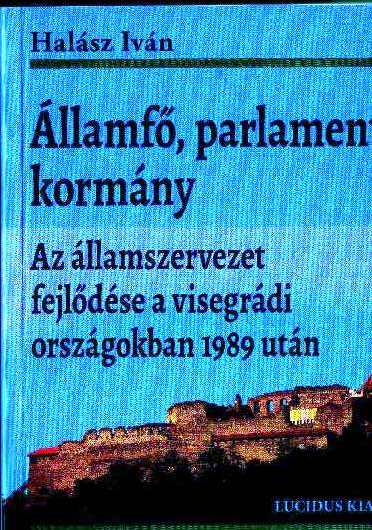
Keywords: State structure; Government policy; Distribution of state power branches; Parliamentarianism; Visegrad countries; Turn of the millenium;
This monograph studies the post-1989 constitutional development of the four Visegrad countries (the Czech Republic, Poland, Hungary and Slovakia). More precisely, it focuses on one aspect of state structure, which is perhaps the most important one concerning the modern Western-type distribution of power: the system of relations between the head of state, the Parliament and the government. Thus, questions such as the relationship of the central government and the local governments, the architecture and competence of judicial authorities that are to watch over constitutionality, or the various controlling organs and legal service providers are outside the scope of this book. On the other hand, the publication aims at presenting the historical development of the individual Central European state power organs, at least in terms of their constitutional and democratic development in the 20th century. This is especially true for the position of the head of state and the Parliaments. The problematics of governance, a complex topic in itself, is examined within the system of relations of the legislature and the head of state.While offering a broad overview of the 20th-century antecedents, the book – in harmony with its title – places the main emphasis on the presentation of the period from 1989 to 2013. The monograph discusses the developments until as recently as 2013, for not only Hungary has seen important changes in the domain of state structure over the past three to four years, but the other countries of the region as well. The book devotes a special attention to those debates and dilemmas that were characteristic of the individual countries during the transition, on the one hand, and at the time of major turning points or internal political crises, on the other. That involves especially the dilemma of having a unicameral or a bicameral Parliament, the direct or indirect election of the head of state, the issue of constructive or destructive motion of no confidence and in connection to that, the responsibility of the head of the government and the ministers.
More...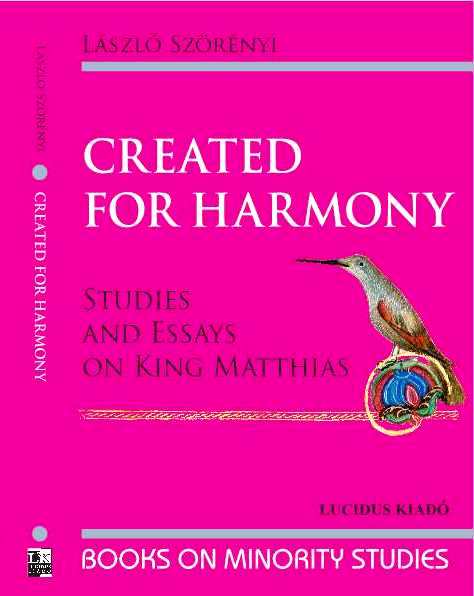
Keywords: Humanism;History of Culture; History of literature; Hungary in 15 th century;
This collection of essays constitutes a mosaic. Romans were fond of mosaics, for instance, at the entrance of their houses. The numerous little tiles could make up a skeleton, for instance, but that did not imply that one should ”flee this place for this is the dwelling place of Death”, but rather that ”Death, you do not belong here”. Let us attempt to read this book in this spirit.
More...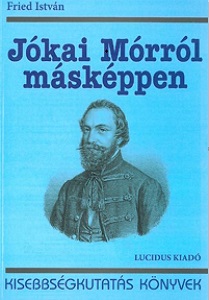
Keywords: Hungarian literary history; Mór Jókai (1825-1904);19th century literary analysis;
Having received a fresh impetus in the past decade, research on Jókai has opened a new chapter in the history of the novel of Hungarian Romanticism, especially in that of Jókai interpretations. Jókai perceived as the storyteller of the Hungarian big prose has been replaced by an author of modern thinking who would regularly try his hand at new possibilities offered by prose epic; an author who was simultaneously the popular writer of national literature and a writer reacting to European novelist attempts in his own way; an author whose place in world literature is only now beginning to take shape. This collection of studies explores the somewhat neglected areas of the Jókai scholarship. The analyses strive to show how a couple of Jókai works establish the kind of prose that speaks the same language as other European literatures, and at the same time, how they break the ground for a more complex and more “modern” novel that converses with our present. This volume, while touching upon some Jókai works that have been not been discussed so far, sketches the portrait of a writer who, in the cover of his novels, loves to experiment and is open to what the world has to offer.
More...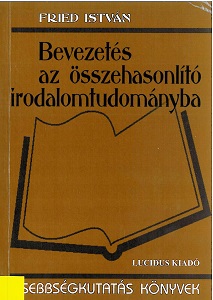
Keywords: Comparative literary studies; Literary theory;
This work is the first monograph written by a Hungarian author in Hungarian for a Hungarian public. It discusses the various subdomains of comparative studies illustrated by theoretical-methodological as well as practical examples.
More...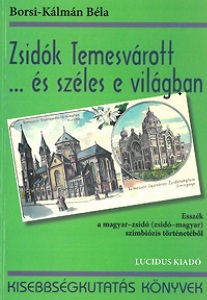
Keywords: Hungary; Jewry; Anti-Semitism ; Hungarian literature; Essay; Timișoara; Hungarian history;
Béla Borsi-Kálmán, professor of the Eastern Europe Department of Eötvös Loránd University, has studied the problematics of Hungarian nation formation and national conscience for many years. Within that, he has been mainly investigating the way how the adaptation of the French-type nation-state model took place in the peculiar East-Central European socio-historical and mental context, and how the inherent deficiencies of the former affected the relations of Hungarians with other peoples and nations of the region (especially with Romanians). His research has increasingly convinced him that the key to understanding this intricate system of relations is the group of phenomena that he calls “aristocratic civilianization” (after Bertalan Szemere, Zsigmond Kemény and Zoltán Tóth) that has fundamentally determined our “national character” ever since, and which explains, among others, the successful social integration and nearly perfect Magyarization of the Jewry of Hungary at the end of the 19th century. And perhaps one day it will be the systematic implementation of this “approach” that will bring about the “pacification” of the various segments of the Hungarian nation-body and will allow for the termination and mental surpassing of the disheartening lack of unity at present.
More...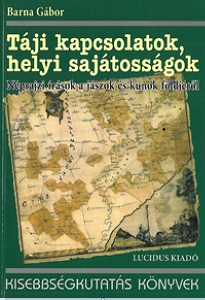
Keywords: Hungarian ethnography; Hungarian Great Plain; Religious culture;
The town of Kunszentmárton, the author’s birthplace, has become an organic part of the life and culture of Nagykunság (Big Cumania), Körös-völgy (Körös Valley), Tiszazug and the Southern Great Plain over the past three hundred years since its repopulation from the Jászság. Similar observations can be made about the other Jassic, Big Cumanian and Small Cumanian settlements: their day-to-day activities have been going on in a context of intricate relations. The essays selected for this volume represent, on the one hand, the extensive network of relations of the settlements and micro-regions of the Jászság and Big Cumania, while on the other, they present certain aspects of the – intersecting – everyday lives and unique local cultures of Big Cumania, Small Cumania, Tiszazug and the Körös Valley.
More...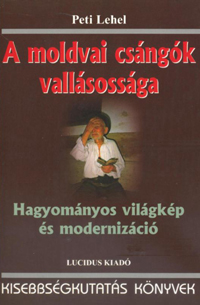
Keywords: Csango study; religious ethnography; tradition;modernization;
These essays the author shows the operation of the moldavian csangos traditional religious forms of consciousness, the contemporary role of alterations occurred due to the modernization and transformation of communities based on ethnic, cultural, anthropological and sociological aspects of religion.Special merit of the book is that the observations and conclusions presented are based on their own collection, but confidently apply the latest scientific findings.
More...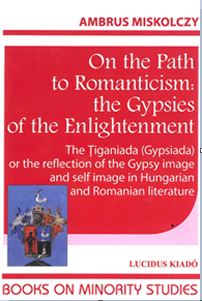
Keywords: hungarian literature; romanian literature; gipsy epos
A reconstruction of the history of Gypsiada will be attempted with the analyses of the work and the historic meaning of its message. It is an ironic writing, its treatment allows irony, too. Our irony could also be self-irony, because Gypsiada is not only about those Gyspsies of past, but could be also, say, about Hungarians too. It is also true in the case of Budai-Deleanu what the Hungarian literary historian János Horváth remarked about the poem of János Arany: A nagyidai cigányok (The Gypsies of Nagyida), that it was ‘a bitter charge against ourselves because of our own vices’ The analyse of this work see later on.
More...